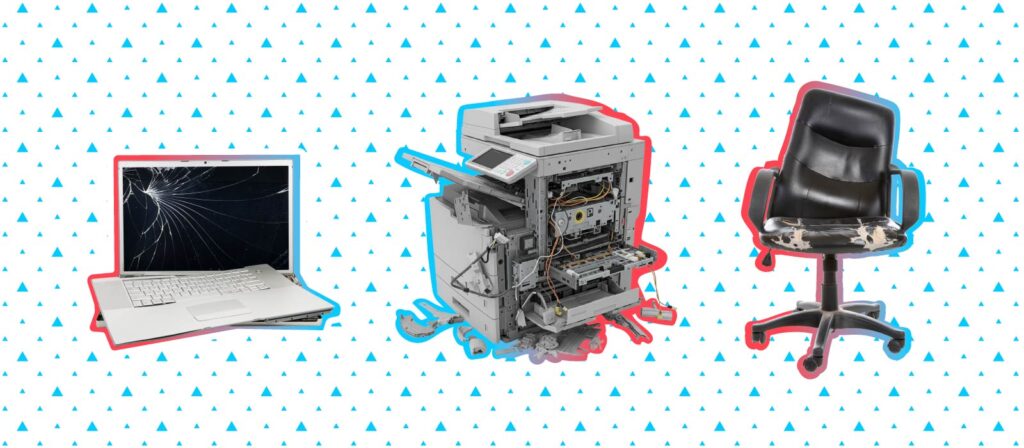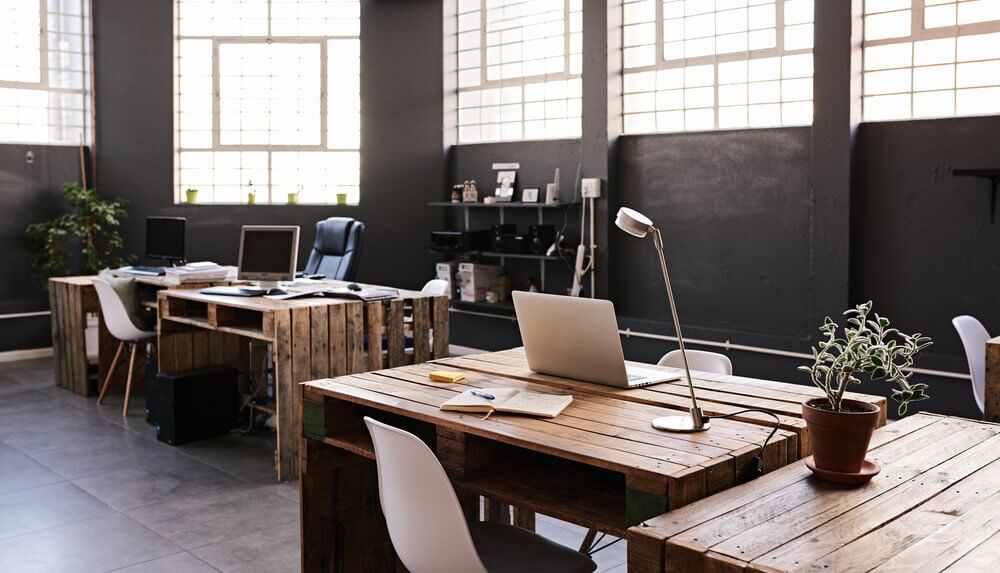5 Outdated Power Saving Methods You Need to Change
By Darin Herle• 3 mins read•November 30, 2017
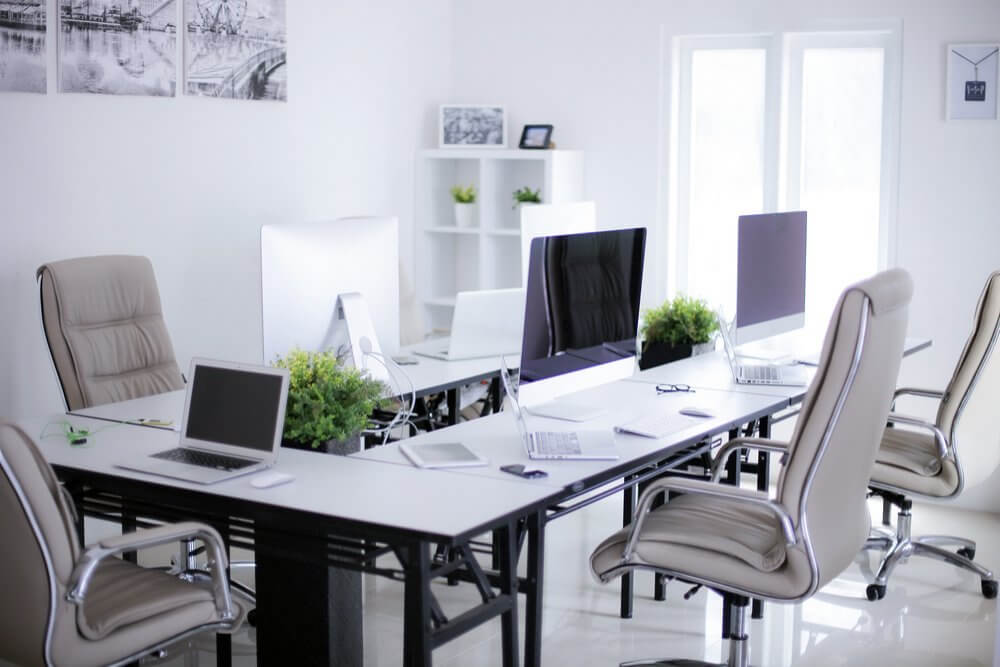

In facilities management, staying ahead of the curve isn’t always easy—especially when there are still a number of outdated power saving techniques in use. Here are some of the outdated power-saving suggestions FMs are given, and options for more modern alternatives.
“Turn off computer screens”
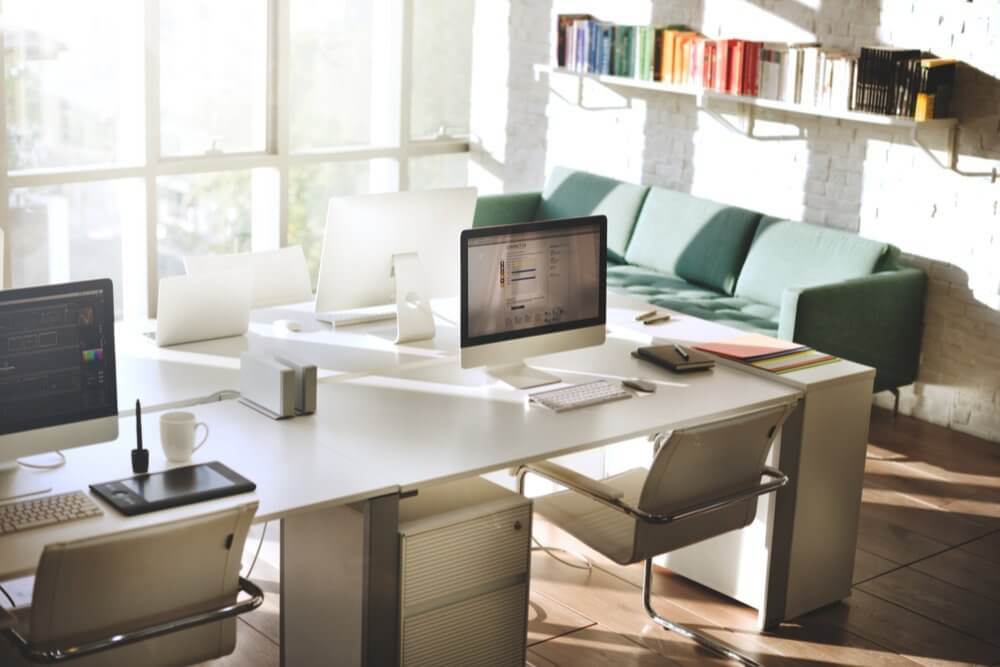
Though turning off the screen for a short period of time can save power, there is an even more effective way to reduce energy consumption when it comes to computers—the laptop. Laptops tend to be more energy efficient as they run on battery power. With larger fans, larger processors and a permanent connection to a massive power supply, desktop computers and PCs generally consume more energy than laptops. For this reason, consider investing in a fleet of power-saving laptops for your employees.
This will also give them the freedom to work from different places throughout the office, as well as remotely.
If switching to laptops doesn’t make sense for your company, at least keep in mind the importance of shopping for energy efficient equipment and electronics when updating or replacing machines.
“Turn off the lights on your way out”
“Are all the lights turned off?” Is this a question you ask yourself and your employees before leaving the office each night? If so, it’s likely that one or all of you forgot to flip the switches off at least once over the course of a year. If this is the case at your office, you’re likely not optimizing your power usage. The alternative is installing an automated system that does all of the work for you. Not only does it keep things much simpler, but according to Energy.gov, “Occupancy and vacancy sensors can cut wasted electricity used for lighting by as much as 30%.”
The same goes for your heating system. By installing an automated system that controls the air temperature in your office, you can prevent large fluctuations and dips that inevitably cause power levels to skyrocket. We also recommend checking the data that your automated system supplies, to help you understand your energy usage and how best to optimize your heating, cooling and lighting systems.
“Use fluorescent lighting”
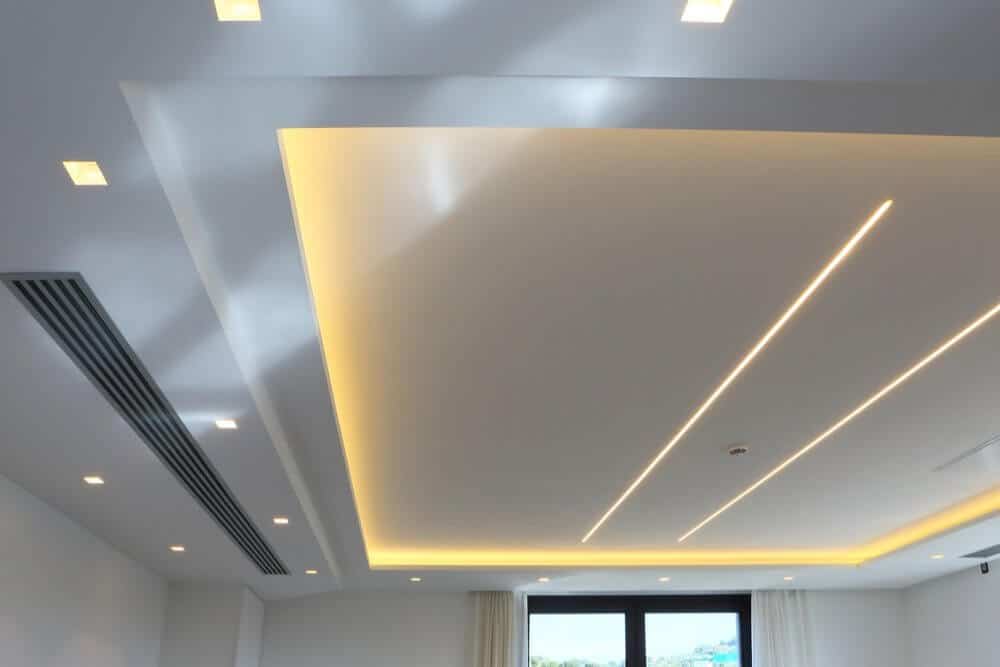
Not too long ago, one approach to saving energy was to replace incandescent bulbs with compact fluorescent lightbulbs (CFLs). Flash forward to today, and there is a new go-to energy efficient light source—LED bulbs. In fact, while CFLs use 25-35% less energy than incandescent bulbs, LEDs make the biggest impact on the environment.
According to Energy.gov, “By 2027, widespread use of LEDs could save about 348 TWh (compared to no LED use) of electricity. This is the equivalent annual electrical output of 44 large electric power plants (1000 megawatts each), and a total savings of more than $30 billion at today’s electricity prices.” The environmental and financial impacts of this lighting technology is already outstanding, which begs the question—what will the next lighting revolution bring?
“Downsize your physical server”
Hardware and dedicated onsite servers with local backup storage have changed dramatically over time—not only in terms of the physical space they occupy but also in the power they consume. And while modern technology has helped drastically decrease energy usage with less clunky, more space efficient solutions, simply downsizing is no longer the best option.
Enter cloud computing and storage. This is easily one of the most effective power saving options, and a no-brainer if you’re looking for a safe, flexible and scalable alternative to storing all of your company’s most important data.
Do you know which of the above methods is currently costing you the most in energy output? To pinpoint these inefficiencies, consider hiring a company to complete an energy audit. This information plus your internal reports and analytics can help you save hundreds of dollars annually. There are many ways to save power, and having the right tools in place can help you create a more environmentally-friendly and cost-effective facility.
Does your company use outdated equipment that’s wasting energy and constantly breaking down? Use a request manager to track your most cumbersome assets and stay ahead of the curve.

